by William | Jul 22, 2020 | Net Zero, Passive House, Prefabrication
Dear Readers,
Ready for the fourth edition to our Home Building Curiosity collection? Here are some dramatic hints to what you are about to absorb…
…[intense, theatrical music playing]…The home’s structure is cross laminated timber, it’s reinforced with galvanized steel frames to allow it to fold from a box to a customizable A-frame home in less than seven hours, it has the possibility to meet Passive House standards with its high density rockwool insulation and waterproofing polyurethane foam, the models range from 365.97 to 925.7 square feet, it’s a masterpiece by architect Renato Vidal…it’s innovative…it’s modular…it’s Italian…it’s MADi!
[Right about here, the crowd would go wild]
Prefabricated
MADi’s goal is to make homes more affordable to us Average Joe’s, and they achieve this initiative through a perfected prefabrication system. They use cross laminated timber (CLT) in their construction…which greatly speeds up the manufacturing process while maintaining a high quality build. Panels of CLT can be routed in the factory to meet design requirements, and then put together like building blocks to make a home. They are the structure of the home….and a strong, fire and earthquake resistant one at that.
How the MADi homes are assembled on-site makes William’s roof origami look incredibly feasible….
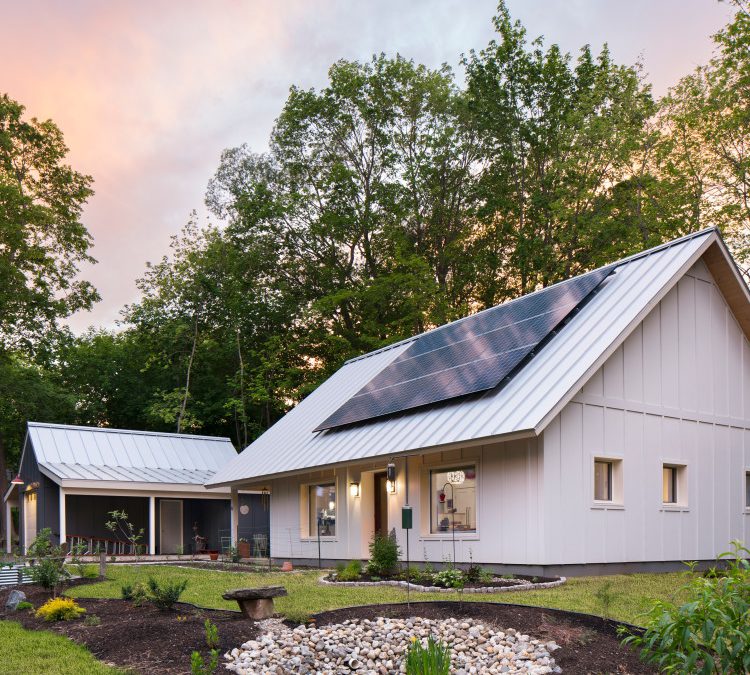
by William | Jul 1, 2020 | Healthy Living, Net Zero, Passive House, Prefabrication, Small Footprint, Uncategorized
Dear Readers,
Welcome to our third Home Building Curiosity, Ecocor! As with the first two Home Building Curiosities, Ecocor is not only a curiosity, but an inspiration in the field of sustainable building. Ecocor is exceptional in how it actually meets all five of William and I’s foundational principles in our mission. Based in Searsmont, Maine, Ecocor designs and manufactures prefabricated, Passive House (PHI) certified, net zero ready, small footprint, healthy living building components and homes.
Prefabricated
Ecocor is very proud of their wall panels, and they rightly should be! Their walls are prefabricated at their Searsmont location, allowing for a climate-controlled build of each panel. Every wall panel meets Passive House standards, and has a specific assembly structure that is even being patented.
The manufacturing of individual wall panels allows Ecocor, the architect, and the buyer to get creative, while still achieving a quickly and quality built home. They promote the motto of “If it can be drawn, we can build it.” Think of their walls as super insulated, airtight, lego blocks, that allow you to build your own unique passive home.
While their wall panels are prefabricated and allow custom builds, Ecocor does have a sector devoted to prefabricated, Passive House certified, modular homes. This branch is called Solsken, which means “sunshine” in Swedish. All of the homes in their Solsken Ecocor collection are named after flowers, which William and I love (because we were actually thinking of naming our potential pipe-dream homes after trees)!
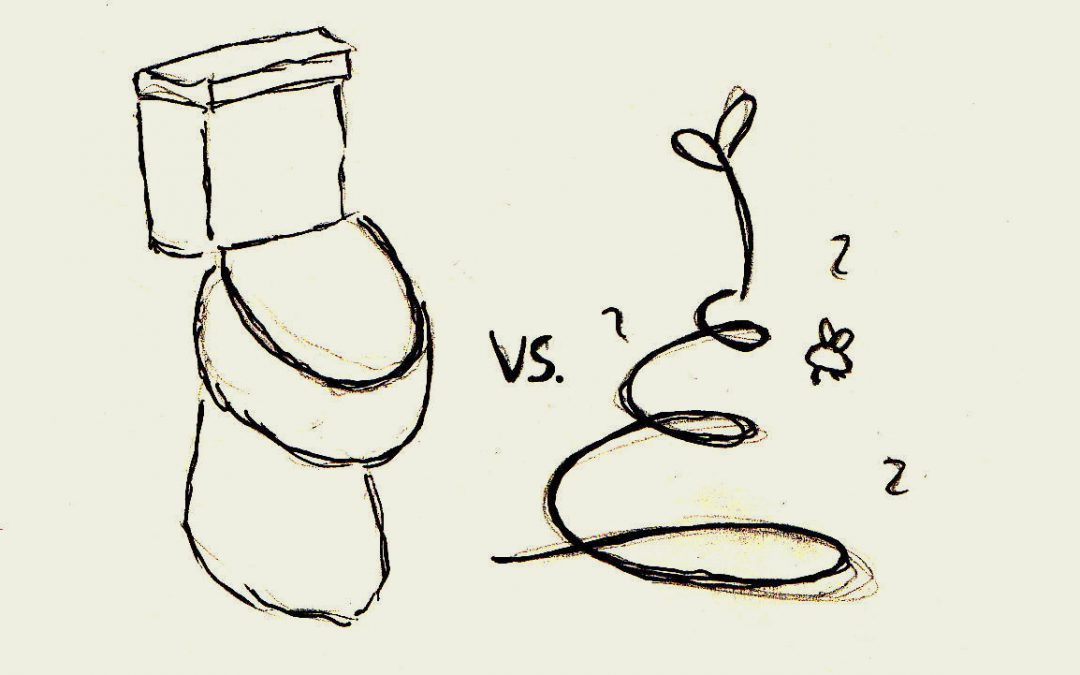
by William | Jun 24, 2020 | Net Zero, Small Footprint
Dear Readers,
If you have read the “Our Waste Goes Where?” blog (and if you have, I applaud you..that was a rough one..) or are familiar with how wastewater treatment generally works, whether it be a septic tank or a treatment facility, you may be wondering how the Clivus Multrum composting toilet and greywater system is beneficially different. I know that I was certainly curious…I mean, the results are similar. Most of the solid and liquid waste, whether flushed or composted in a hole, eventually find their way back into the great world as either fertilizer or drainage. So, what makes the idea of not just specifically the Clivus Multrum system, but a composting toilet in general, so enticing?
Since William and I are looking to build The Seed in a rural area, I am going to directly compare a composting toilet and greywater system to what is most often offered to fellow rural inhabitants…a septic tank.
Composting Toilet
A composting toilet is, for us, preferable to a septic tank for three main reasons.
1) It makes the home, and encourages the inhabitants within it to be, holistically self-sustaining, or, our version of net-zero living. Utilizing a composting toilet allows the home to have a reduced reliance and impact on the physical site it is on.
There is no digging a sand mound, or installing deep in the earth a septic tank. The solid waste that settles in the tank does not need to be pumped out by a big truck, and then subsequently dropped off at a public wastewater treatment facility.
Rather, the solid and liquid waste that the inhabitants generate rest in separate bins until they can be returned to the earth as stable soil fertilizer. The owner or resident (William and I!) can do this themselves with a simple and common tool…a shovel.
A composting toilet also results in a reduction of the home’s overall water usage. If you opt for the standard composting toilet, then you use no water when contributing your waste to compost. None. Even if you choose the foam flush composting toilet, you only use 6 ounces of water per flush. If you are relying on a rainwater pillow for your water supply, this is a HUGE plus…as well as a beautiful help in achieving net-zero living.
The greywater garden for the greywater filtration and distribution would be the only alteration required to the land…and that is because we would physically be planting a garden which would aid in filtration and dispersal. Yay, plants!
Not only would a composting system aid the home in being holistically net-zero, but it would better enable the inhabitants to take account for their own waste. Before researching for the blog, “Our Waste Goes Where??”, I honestly had no idea what happened to my processed nutrients. I figured it went to our septic tank, which I knew had to be pumped once every couple years…but I had no idea that it eventually went to a wastewater treatment facility, and what that process looked like. Someone else took care of it. All I had to do was sit on the toilet, do my thing, and flush. Done. The mess was no longer mine. Because William and I intend to raise children in this crazy idealistic home of ours, we see the composting toilet as a great life lesson for them…in William’s (and a lil’ of Shelby’s words), it will be “teaching our children to not expect other people to clean up their nasty sh…enanigans.”
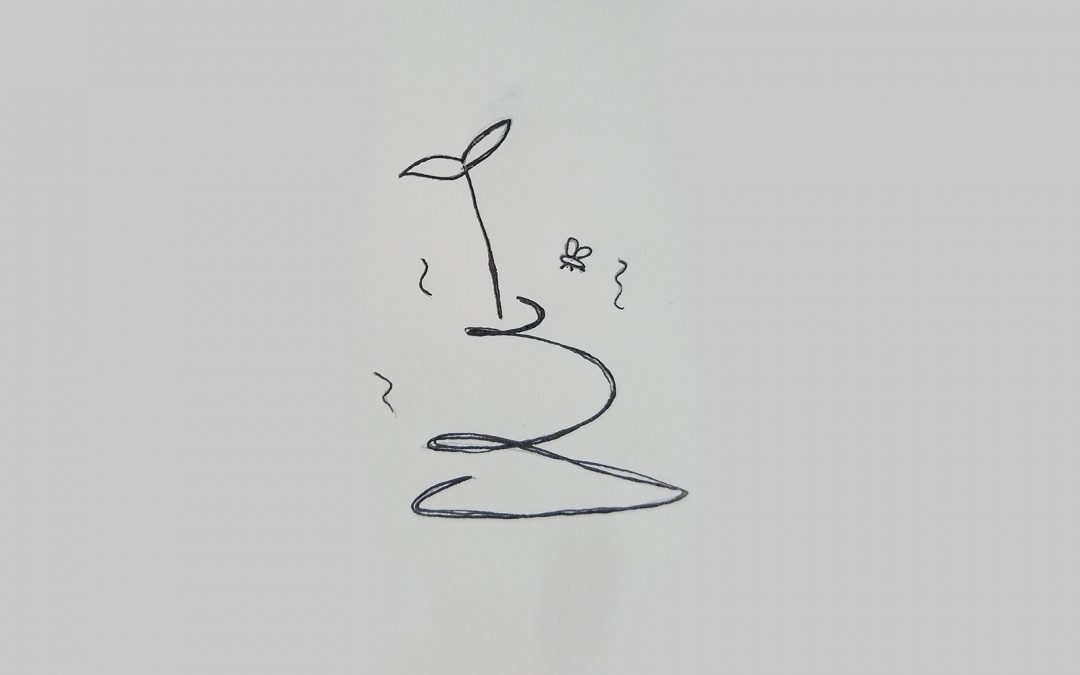
by William | Jun 17, 2020 | Net Zero, Small Footprint, Uncategorized
Dear Readers,
The Clivus Multrum composting toilet is kinda cool in that its name gives the bases of how it works in two words. ‘Clivus’ is Latin for ‘incline,’ and ‘multrum’ is Swedish for ‘compost room.’ And, in essence, the Clivus Multrum composting toilet is a toilet (basically a hole) that lets waste fall into an inclined composting room. Bam. Boom. Blog is basically done.
Ha! Kidding. To give justice to the simplistic yet holistically functional toilet system, it deserves a slightly more in-depth explanation. I promise, this will be simpler than the blog about wastewater treatment facilities…
Their toilets are much more sophisticated looking than a dark, deep hole you squat or stand over. They actually look like a real toilet! Some even use a small amount of foamy, soapy water (no more than 6 ounces) to clean the bowl when you use the flush mechanism…it’s like you would never know that you just sat on top of, and contributed to, compost.
When you donate your waste as tribute to earth fertilizer, it falls down into that inclined chamber. This incline is super important: it is what keeps the urine and the poop from being one, large, smelly, conglomeration. Gravity forces the urine to filtrate downward through the solid wastes, allowing the solid waste to remain dry (and unsmelly). However, when the urine gets to the bottom of the chamber…it is no longer urine…like a butterfly, the caterpillar has gone through metamorphosis!
Wanna know the secret to changing your urine to something else (maybe not necessarily as pretty as a butterfly…)? I sure did…
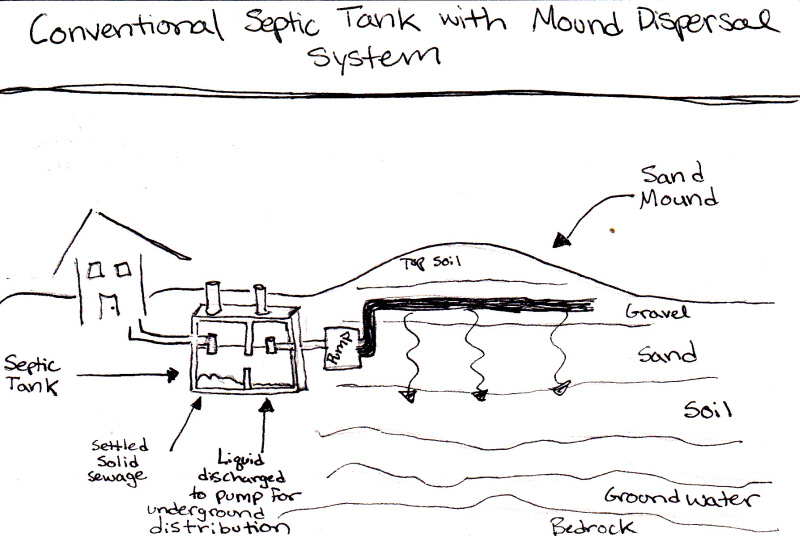
by William | Jun 10, 2020 | Net Zero, Small Footprint, Uncategorized
Dear Readers,
Our bodies need nutrients to survive. As we consume, we produce waste. This waste is processed. Occasionally, the processed poop ends up as fertilizer and provides nutrients to our nutrients. We then consume said fertilized nutrients…and set them free again! ‘Tis more than the Cycle of Poop. In truth (a deeper more philosophical existential sense…), it is the cycle of life~ where every living being, plant to animal, has a purpose…and even its demise results in a form of rebirth and a giving of life to another. Poop has a Purpose.
In a much more scientific and detailed manner, I am now going to explain to you, dear readers, the step by step processes for how city people take care of their waste (Centralized Wastewater Collection and Treatment) and how country folk take care of their waste (Decentralized Wastewater Collection and Treatment). I will attempt to keep it concise and organized (and all existential crises excluded)…as cleaning poop can be a messy endeavor.
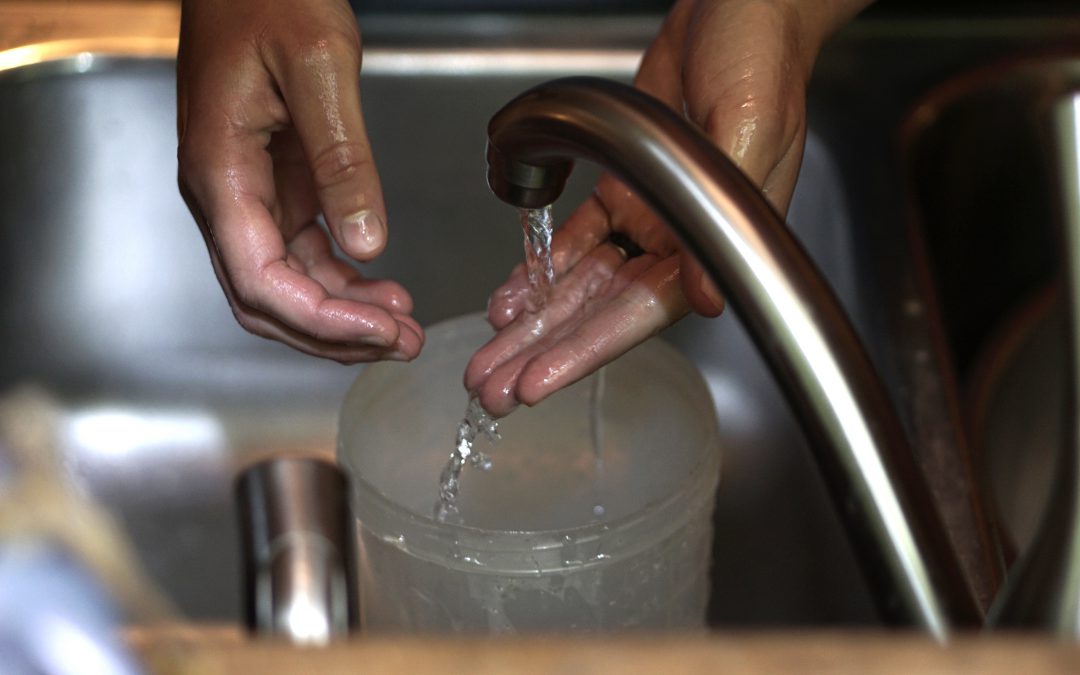
by William | May 20, 2020 | Healthy Living, Net Zero, Small Footprint
In many relationships there comes a time when things get, well…boring. You and your spouse have a routine, and it works. All in all, in a day, things get done while there still exists room for some excitement. You love them, they love you, life is moving forward. It is all a happy kind of ‘mhm.’ Well, William and I decided to spice things up a bit.
We did an experiment.
For 24 hours we measured the exact amount of water we used…washing our hands, brushing our teeth, doing the dishes, laundry, flushing the toilet…it was enlightening! I highly recommend it for any couple who finds themselves in a state of blissful ‘mhm.’
But in all seriousness, we wanted to know what our daily water usage was so that we can accurately size our Rainwater Pillow to fulfill all of our H2O necessities. Beginning at 12 am on a Monday morning when both of us had the opportunity to stay home all day, William and I diligently recorded the amount of water we used when we…..
Flushed the toilet
Washed our hands
Brushed our teeth
Did a load of laundry
Did dishes
Gave water to the chickens and dogs
Grabbed a glass of water to drink or cook with
Took a shower





